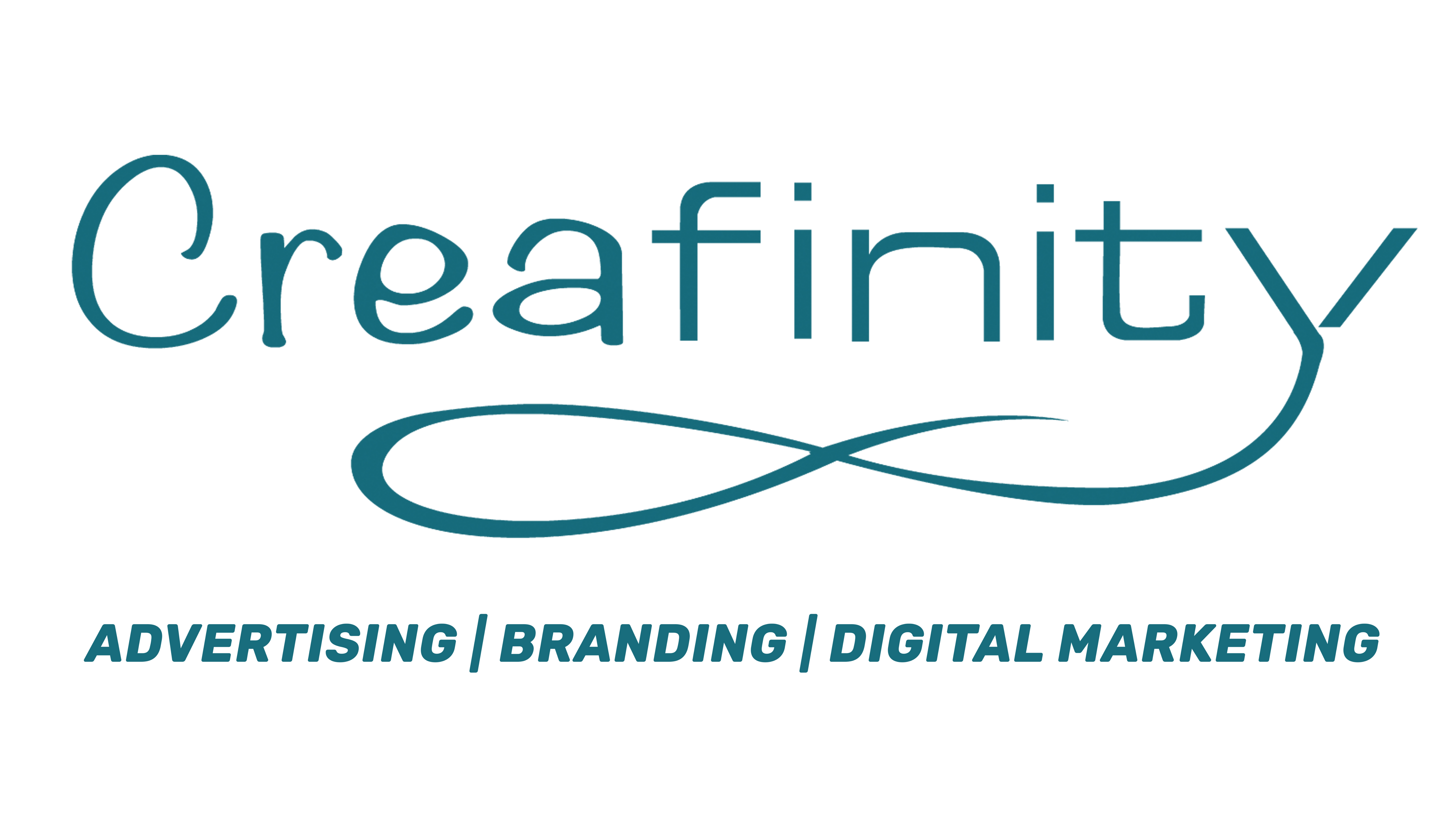In today’s digital-first healthcare landscape, content is no longer just information — it’s the first impression, the connection, and the conversion point. Whether it’s a hospital website, a doctor’s blog, or a Google ad, the words you choose directly influence how patients perceive you, trust you, and ultimately choose your services.
At Creafinity, we’ve seen firsthand how compelling healthcare content can drive meaningful patient action. From boosting appointment bookings to building lifelong trust, it all begins with content that connects and converts.
Why Content Matters in Healthcare Marketing
Unlike other industries, healthcare content carries a unique weight — it must be credible, empathetic, and actionable. Patients are not just browsing casually; they are often in vulnerable situations, seeking solutions and reassurance.
Here’s where the right content makes a difference:
- Builds trust and authority
- Simplifies complex medical terms
- Guides patients toward action (like booking a consultation)
- Improves SEO and online discoverability
- Enhances brand identity and thought leadership
Key Types of Healthcare Content That Drive Engagement

1. Website Content: Your 24/7 Digital Receptionist
Your website is often the first touchpoint for patients. Whether it’s a super-specialty clinic or a solo practitioner, the goal is to inform, reassure, and convert.
Strong healthcare website content includes:
- Clear, empathetic “About” pages that highlight doctor expertise and patient care philosophy.
- Service pages that explain treatments in layman’s terms while incorporating SEO-friendly language.
- FAQs that address common concerns and reduce patient hesitation.
- Trust indicators like patient testimonials, certifications, and awards.
2. Landing Pages: The Conversion Engine
Landing pages are built for one purpose — conversion. Whether it’s for a campaign on robotic surgery or pediatric health awareness, a landing page must:
- Have a strong, benefit-driven headline
- Clearly explain what the treatment is and why it’s safe
- Use patient-centric language (focus on outcomes)
- Include testimonials, trust signals, and a clear CTA (Call to Action)
At Creafinity, we design high-performing landing pages that don’t just look good — they generate leads.
3. Ad Copy: Attention-Grabbing & ROI-Driven
Whether it’s Google Ads, Meta (Facebook/Instagram), or YouTube pre-rolls, short-form content can’t afford to be vague. It needs to instantly capture attention and speak to a specific patient need.
What works:
- Address the problem or fear
- Offer a clear solution
- Emphasize doctor expertise or advanced technology
- Strong CTA (Book Now, Get a Free Consult, etc.)
Example:
“Struggling with knee pain? Discover pain-free movement with robotic knee replacement by India’s leading orthopedic expert. Book your consult today.”
4. Blogs & Articles: Build Trust Through Knowledge
Blogs are not just about keywords — they’re about positioning your brand as a reliable health authority. Patients who find answers to their questions on your blog are more likely to trust your care.
Effective blogs:
- Focus on patient questions and symptoms
- Include doctor quotes for credibility
- Use visuals to explain complex topics
- End with a soft CTA (e.g., “Book a consult if you’re experiencing these symptoms”)
Conclusion: Don’t Just Inform. Influence.
In the age of digital healthcare, words are your most powerful tool — they can either educate and inspire or confuse and repel.
If you’re a doctor, clinic, or healthcare brand looking to improve patient engagement, don’t overlook content. Invest in strategic, patient-focused healthcare content that builds credibility and drives results.
At Creafinity, we specialize in healthcare content writing that combines empathy, medical accuracy, and conversion science.
Ready to level up your patient communication? Let’s talk: www.creafinity.com




